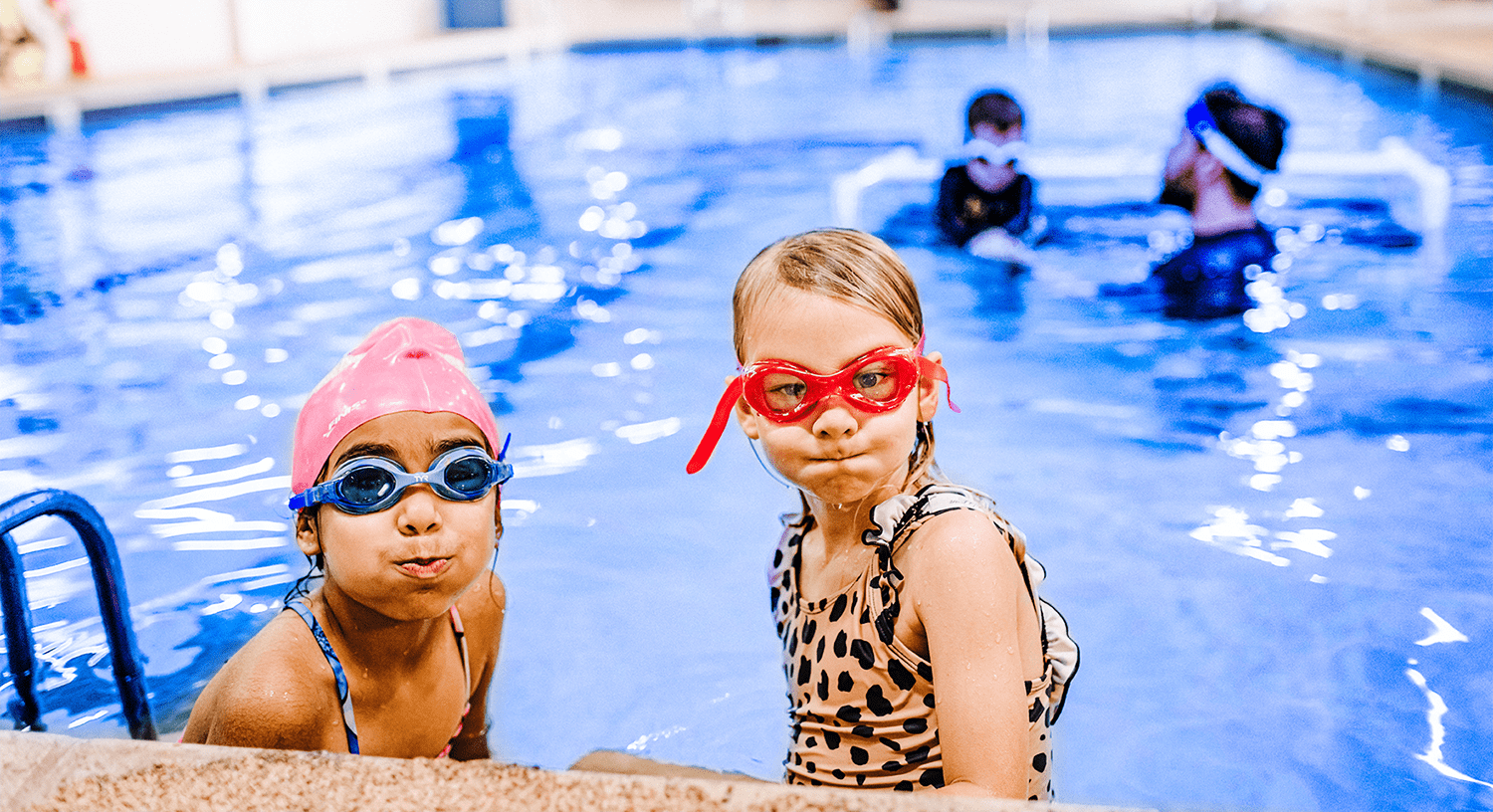For those of you who like hard data, this one’s for you. Let’s take a look at the statistics surrounding swimming and swim lessons for kids so that you have a better idea of what’s at stake at any age. Swim lessons are a vital part of your strategy to keep your kids safe, so it’s good to know what the experts have found on the subject.
Formal swim lessons result in an 88% reduction in drowning risk for children ages 1 to 4, according to the National Institutes of Health. Teaching kids to swim needs to start at an early age, before the age of 5 ideally, to prevent the risk of accidental drowning. This is because children ages 1 to 4 have the highest drowning rates, according to the CDC, and these drownings occur mostly in home swimming pools. This statistic should convince you that not only is swimming a fun activity, but it can be a life-saving skill as well.
Swim lessons are only one layer of protection against drowning, so what are the other layers? Additional prevention steps include:
- Having a designated adult assigned to keep eyes on the kids anytime they are in the water (a “water watcher”)
- Making sure there are pool gates and fences surrounding backyard pools
- Using a pool safety cover and alarms on pool gates
- Wearing life jackets when near a lake and on a boat or jet ski
- Learning CPR and having a phone nearby to call 911 in emergencies
Drowning is responsible for more deaths among children ages 1 to 4 than any other cause except birth defects. When looking at the CDC statistics for those ages 1 to 14, drowning is the second-leading cause of unintentional injury-related death behind motor vehicle accidents. Whenever kids are around water, great care needs to be taken to prevent these tragedies. One way to do that is by enrolling your child in formal swim lessons.
Kids who are enrolled in formal swim lessons have been found to be 6 to 15 months ahead of the average population in cognitive skills, problem solving in mathematics, counting, language, and following instructions. Even the researchers of this four-year study at Griffith University in Australia were amazed by the results.
Here is the breakdown of what they discovered during their research. Kids enrolled in formal swim lessons were on average:
- 2 months ahead in brief reading
- 6 months ahead in mathematics reasoning
- 11 months ahead in oral expression
- 17 months ahead in story recall
- 20 months ahead in understanding directions
“While we expected the children to show better physical development and perhaps be more confident through swimming, the results in literacy and numeracy really shocked us,” lead researcher Robyn Jorgensen said.
The statistic you may be most interested in when it comes to swim lessons is that COVID-19 is NOT spread in properly maintained pools. According to the CDC, COVID is not transmitted through pool water. There have been zero cases of COVID-19 traced back to an Emler Swim School, providing more strong evidence that swim lessons are still a safe and fun activity at all Emler locations. This is due in part because Emler has UV pool water filtration systems, as well as top-of-the-line air filtration systems that bring in fresh air eight times an hour in Emler pool rooms. This and the attention to detail when it comes to cleaning, sanitizing, and following CDC protocols has kept all kids and adults safe at all facilities.
The best part about signing up your kiddo for swim lessons is that swimming isn’t a seasonal activity – you and your child can participate in this fun activity indoors or outdoors at any time during the year. Research has also shown that cold weather doesn’t cause illnesses like the common cold or flu. Germs are what make you sick, not going outside in frosty weather. This, along with indoor pools, means that swimming is a fun family activity that can be done 12 months out of the year. Not only is swimming a life-saving skill for your kids to have, but it’s also a super fun and healthy activity at any age!



